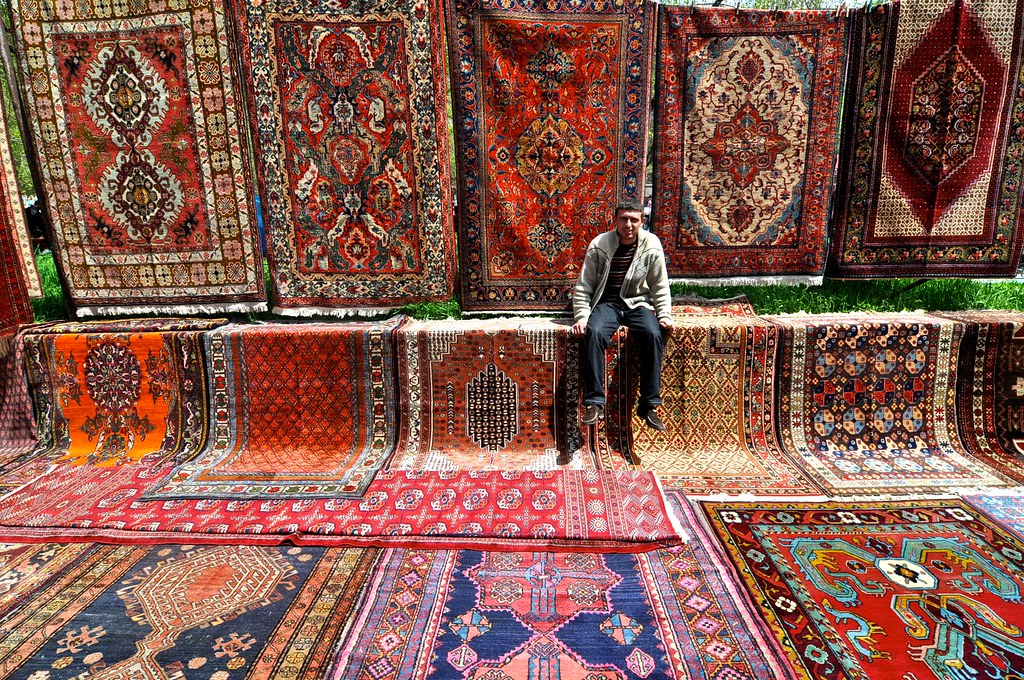Selecting the right carpet for your home is a crucial decision that impacts both its style and functionality. With numerous materials, styles, and colors available, the process can seem overwhelming. However, understanding a few key concepts can help you make an informed choice that fits your lifestyle and decor preferences. This comprehensive buyer’s guide will walk you through all you need to know to choose the perfect carpet for your space.
Understanding Carpet Fibers
The fiber of a guide to choosing the right carpet determines its texture, color retention, stain resistance, and durability. Here’s a rundown of the most common types of carpet fibers:
Nylon
Pros: Highly durable, resilient, and excellent for high-traffic areas. It’s also easy to clean and maintains fiber height. Cons: Can be prone to static and may fade in direct sunlight unless treated.
Polyester
Pros: Stain-resistant, eco-friendly options available (often made from recycled materials), and offers vibrant color choices. Cons: Less durable than nylon; can crush under weight, making it unsuitable for high-traffic areas.
Wool
Pros: Natural, soft, and durable; it has excellent stain resistance and longevity. Wool is also flame-retardant and has low emission of VOCs. Cons: Expensive and susceptible to shrinking and staining if not treated properly.
Olefin (Polypropylene)
Pros: Moisture and mold resistant, making it suitable for damp locations or outdoor areas. Cons: Less resilient, tends to mat and crush, especially under furniture.
Triexta
Pros: Similar to nylon in durability but has superior stain resistance without the need for chemical treatment. Cons: More expensive than polyester and olefin but generally cheaper than nylon and wool.
Carpet Styles and Textures
The style of the carpet also plays a crucial role in its appearance and performance. Here are the most common styles:
Loop Pile
- Berber: Features large, uncut loops of fiber, suited for high-traffic areas due to its durability. The casual appearance hides dirt and footprints.
- Level Loop: Consists of looped fibers all at the same height. It is durable and good for high-traffic areas but can be uncomfortable underfoot.
Cut Pile
- Saxony: Features fibers that are cut at the ends, creating a plush, soft surface. Ideal for formal areas but shows footprints and vacuum tracks.
- Frieze: The fibers are twisted tightly, creating a durable and informal look. It hides footprints and dirt.
Cut and Loop
Combines both looped and cut fibers to create patterns and designs, offering both aesthetic appeal and practical benefits in hiding stains and wear.
Choosing the Right Carpet for Each Room
The function of the room should guide your carpet choice:
- Living Rooms and Family Rooms: Look for a balance of comfort and durability. A textured Saxony or frieze can withstand traffic and add a cozy touch.
- Bedrooms: Comfort is key; a soft plush or Saxony provides a softer surface underfoot.
- Children’s Rooms: Durability and stain resistance are crucial; nylon or triexta are excellent choices.
- Basements: Moisture resistance is a must; olefin or nylon with anti-microbial treatment are suitable.
Considerations for Color and Patterns
Choosing the right color and pattern can influence the feel and functionality of your rooms:
- Lighter Colors: Make rooms feel larger but can show stains more easily.
- Darker Colors: Cozy up a room and hide stains better, but lint and dust are more visible.
- Patterns: Can hide soil and stains effectively and add personality to spaces.
Installation and Maintenance
Proper installation is critical to ensure the longevity of your carpet. Professional installation is recommended, especially for heavier carpets or patterns that require precise alignment.
Maintenance varies by type of carpet but generally includes regular vacuuming, immediate stain removal, and periodic professional cleanings. Always follow the manufacturer’s guidelines for specific care instructions.
Budget Considerations
Carpet pricing can vary significantly based on the material, style, and construction quality. It’s essential to set a budget that includes not only the cost of the carpet but also installation, padding, and any additional materials like thresholds.
Environmental and Health Impacts
Many carpets are treated with chemicals that can emit VOCs. If indoor air quality is a concern, look for carpets certified by the Carpet and Rug Institute’s Green Label Plus program, which ensures lower emissions of VOCs.
Conclusion
Choosing the right carpet involves considering a multitude of factors, including material, style, room usage, color, and budget. By understanding the various options and how they align with your needs, you can make a choice that enhances your home’s comfort and style while ensuring durability and ease of maintenance. Remember, a good carpet isn’t just a decoration; it’s an integral part of your home environment.
